Mission
Aims
NigerHeritage is a Chicago-based, international effort dedicated to the preservation, study and public appreciation of the world-class paleontological, archeological and cultural heritage of the Republic of Niger.
NigerHeritage aims to promote Niger’s world-class paleontological, archaeological and cultural heritage by launching in Niger:
- Educational programs at various levels in museology, cultural studies, archaeology, and paleontology
- New national, regional and local museums as critical centers for heritage preservation, education and celebration
- Artisanal and other economic opportunities related to patrimony
- Renewed national and regional tourist visitation
Foundation Board
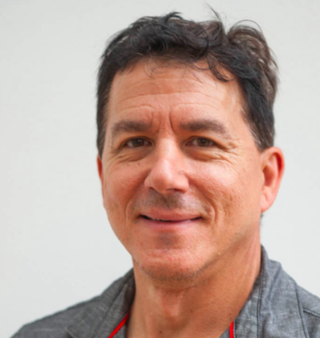
Paul Sereno
Professor of Paleontology & Archaeology, University of Chicago

Eric Whitaker
Former US Ambassador to Niger

Bess Palmisciano
Founder of RAIN for the Sahel and Sahara

Didier Dutheil
Paleontologist & Filmmaker, Paris

Yon Badaya
International Finance and Investment Advisor

Mohamed Djingo
Policy & Advocacy Advisor for Peace & Security, Plan International

Jessica Schwartz
Project Manager, Fossil Lab at the University of Chicago
Advisors & Representatives
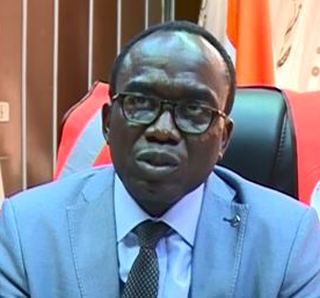
Mouctar Mamoudou
Senior Advisor

Assoumana Malam Issa
Senior Advisor

Alhassane Dinedine dit Bido
Agadez Representative

Nouhou Harouna
Niamey Representative
Advisory Committee

Oumarou Ibrahim Oumarou
The Honorable Sultan of Agadez
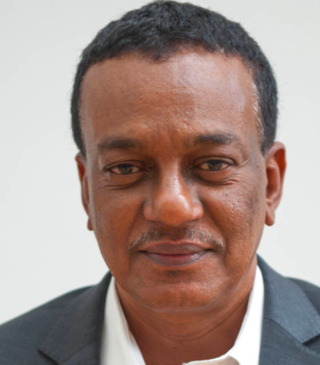
Mohamed Anacko
The Honorable President, Regional Council of Agadez

Bisa Williams
Former U.S. Ambassador to Niger, Strategic Advisor

Mohamed Agali
Assistant to the President, Regional Council of Agadez
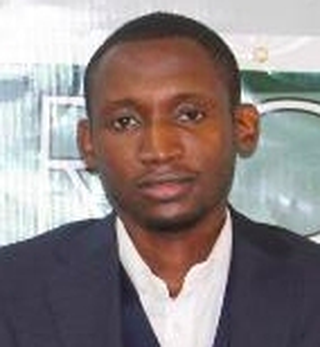
Adji Mansour
Architect & Director of Adji Mansour Architecture Aménagement (AMAA)

Ibrahim Natatou
Former Minister of National Education, Niger

Rebel Roberts
Principal Architect, Stantec Architecture

Lisa Roberts
Founder, naturalia, inc.

Mawli Dayak
Culture & Tourism Promotion, Niamey, Republic of Niger

Diana N'Diaye
Cultural Specialist at Smithsonian Center for Folklife & Cultural Heritage
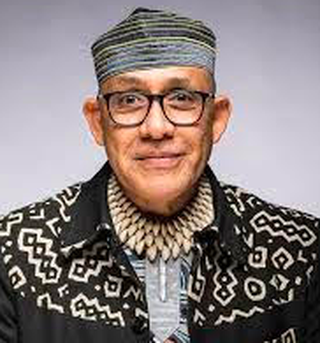
Alphadi
International Fashion Designer

Soufian Fezzani
Architect and Project Management, Paris

Tom Seligman
Author & Art Curator

Bob Vladem
Philanthropist

Paul Adderley
Professor of Geoarchaeology, University of Stirling UK

Oumarou Adamou Ide
Director of Research, Institute for Research and Human Studies, Niamey

Boubé Adamou
Archaeologist, Institute of Research and Human Studies, Niamey

Rachidatou Hassane
Arts & Cultural Heritage Professional, Niamey

Minata Agalher
Agadez student

Sidi Aboubacar Abdella
Niamey Assistant
Project Partners
- The University of Chicago
- Abdou Moumouni University of Niamey
- University of Agadez
- Regional Counsel of Agadez
- Adji Mansour Architecture Aménagement
- Stantec Architecture
- Ministry of Culture, Tourism and Handicrafts
- Ministry of Higher Education and Research
- Ministry of Technical Education and Vocational Training
- Ministry of National Education
- Ministry of the Environment and the Fight against Desertification
- Mayor of Niamey
- Institute for Research in Human Sciences
Background
NigerHeritage was launched in 2016 by Professor Paul Sereno, paleontologist and archaeologist at the University of Chicago, as a Chicago-based, international organization dedicated to the preservation, study and public appreciation of the world-class paleontological, archeological and cultural heritage of the Republic of Niger.
By that year, Paul had amassed an enormous collection of fossils and artifacts from more than 25 years of exploration and excavation. Originally drawn by the potential for fossils in Niger's dinosaur era rocks, ~100-200 million years old, Paul discovered in ancient dunes of much younger age the greatest archaeological site documenting the "Green Sahara." That site, Gobero, records in rich detail a predynastic period from 10,000 to 5,000 years ago, when ancient peoples lived near lakes teaming with perch and tilapia and shared their environs with crocodiles, hippos and elephants.
These expeditions were approved in the capital Niamey, coordinated in the regional center Agadez, and carried out in the vast hinterlands of local communities. These identify three levels within Niger: national, regional and local, respectively. How may all benefit from this new-found treasure trove of patrimony?
Three imperatives emerged.
Long-term preservation of the many fossils and artifacts being unearthed.
This irreplaceable, unique patrimony must be available for study by scholars from around the world, and the understanding of Africa’s past that this material generates must be known to the public.
Niger has no museum hall big enough to house any of the dinosaurs, no archaeology hall to display life in the Green Sahara, and no professional collections space for thousands of catalogued specimens —either in the capital city, Niamey, or in the seat of the region, Agadez, from which all of the material originated. Long-term preservation and public appreciation, importantly, is not only about housing and display, but also about training in museology and in fields of expertise to provide native chaperones, curators and experts knowledgeable of Niger’s patrimony.
Integration of deep-time patrimony with Niger's the present-day cultural and environmental heritage.
The capital, Niamey, is anchored by the Niger River, which is its lifeblood, environmental setting and the location of an ancient settlement. The regional locus for the northern half of the country, Agadez, has long functioned as the crossroads of the Sahara, an oasis nexus for nomadic cultures
Could museums in these Nigerien epicenters some 650 miles apart, Niamey and Agadez, reflect both deep-time and as well as their historical-recent character? Could they lead the world by creating exhilarating, yet energy efficient, public spaces? These broader considerations led to the present sites and design concepts for the Museum of the River in Niamey and Museum of the Living Desert in Agadez.
Local educational and economic opportunity for communities nearest the field sites.
Small museums and school room enhancements provide educational opportunities and tourist stops for those wishing to see the ground from which Africa’s dinosaur and ancient human worlds arose. These local Nigeriens are the most immediate guardians of national heritage.